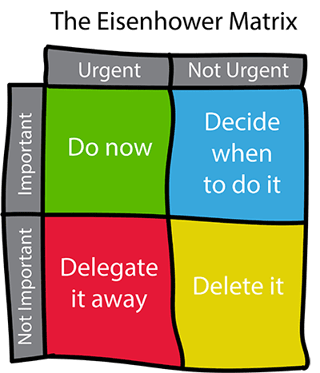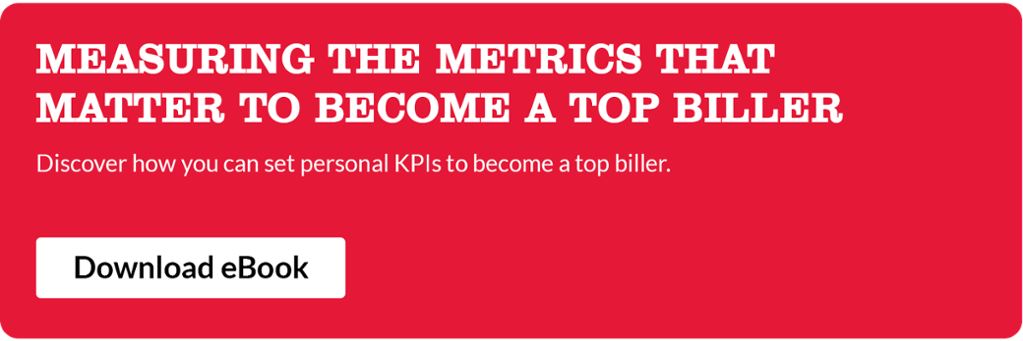Feeling overwhelmed by your heavy workload? We hear ya!
We all know how hectic recruitment can get. With so many duties and different areas of business to cover, this job can get incredibly stressful and as the work piles up, our workloads become unmanageable. The worst part is, it’s at the busest times that we tend to procrastinate the most!
So what do you do when your email inbox and to-do lists are overflowing, but you don’t seem to be able to get anything done?
First thing’s first: Plan how to tackle your workload
 Most workloads can be categorised into three types of tasks that I like to call ‘chunks’, ‘batches’ and ‘open loops’. Taking some time to categories your tasks and plan how to approach them accordingly will make tackling them a lot less daunting (and less easy to avoid!).
Most workloads can be categorised into three types of tasks that I like to call ‘chunks’, ‘batches’ and ‘open loops’. Taking some time to categories your tasks and plan how to approach them accordingly will make tackling them a lot less daunting (and less easy to avoid!).
Chunks – for the big tasks you dread starting
Your chunks are the bigger, more complex tasks that are easy to push to the bottom of your to-do list. These tasks often require a number of smaller tasks to be completed before you can get any satisfaction from them - and this can make it difficult to motivate yourself to get started (which, let’s be honest, normally results in you checking LinkedIn every time you decide to start tackling!).
Break each ‘chunk’ into smaller tasks, and set deadlines for each part. These checkpoints will help to keep you on track, and give you a feeling of satisfaction and accomplishment throughout the whole process rather than saving this for the end. Chunking tasks together is also a brilliant way to evidence your progress; treat these chunks as your own personal KPIs, and if you’re struggling, schedule progress meetings with your line manager to add a bit of gentle pressure.
Batches – for the little tasks you keep leaving for tomorrow
Batches are those little tasks that could be done in a reasonable time without too much effort, but often get left by the wayside because you’ll ‘do them later’.
Doing small tasks requires a different type of focus than more substantial projects (chunks), and it can be very easy to think jumping around between tasks under the guise of multitasking is productive – but it’s not as productive as you think!
Every time you switch from one task to another, your brain needs a few seconds to re-focus – that’s a few seconds you don’t have to spare! Accumulatively, these brief mental blocks can cost you as much as 40% of your productive time.
So instead of skipping between tasks, group them together in batches that fit together and complete one batch at a time. In the recruitment world this could mean batches such as finance and contracts, checking and responding to emails, or making follow-up calls to recently placed candidates.
Open loops – for the ‘tasks’ that get in the way
Open loops are the tiny tasks you need to do that don’t always directly relate to your work for that day but are niggling at the back of your mind. For example, requesting a day’s holiday, or telling your boss about some feedback you’ve had on a role from a few months back. Open loops can even be non-work-related: Maybe you’ve got it on your mind that you need to let your partner know you won’t be home for dinner as you’ll need to work late, or you have an important letter you keep meaning to post.
Whatever these tasks are, if they take less than a minute or two to do, get them done first thing in the morning before you start your working day; If they take longer than two minutes to complete write them in a list to tackle later, or add them to your ‘batches’ list so you don’t get distracted.
Secondly - prioritise and tackle tasks in order
 Once you’ve got your tasks neatly wrapped up into chunks, batches, and open loops, start to prioritise them. What on your list can be classified as important, urgent, can be done tomorrow or even passed on to someone else if you’re really snowed under?
Once you’ve got your tasks neatly wrapped up into chunks, batches, and open loops, start to prioritise them. What on your list can be classified as important, urgent, can be done tomorrow or even passed on to someone else if you’re really snowed under?
Try numbering, colour coding or use the Eisenhower Matrix to prioritise each chunk and batch. Assigning a number to each tasks means you’re less likely to skip the ones you’re not so keen on doing, and you’ll start actually getting things ticked off your list.
Once you’ve categorised and prioritised your tasks, start at the top and start working your way down your list. From experience, this is usually a batch of work that you’ve been avoiding for days – likely admin related! Get this out of the way first, and you’ll have made a quick win before you’ve even nipped out for your first coffee.
Finally – Nail your routine
A recruiter’s day can look wildly different from one day to the next, but you can still take control of your own productivity. When building your routine, remember to include blocks of time for meetings, blocks of time to contact candidates and most importantly, remember to include breaks!
Breaks allow you to switch off and recharge before returning to focus on the tasks that matter. If you don’t take breaks, you’ll find the line between ‘work’ and real work begins to blur – you’ll spend the day feeling productive and busy, but nothing is ticked off your list as you’ve found yourself procrastinating on LinkedIn for most of the day.
Essentially, if it’s not contributing to your goals, it’s procrastination, and it’s just getting in the way of you tackling your to-do list. If you find yourself in this position, take a few minutes away from your desk – and you could even try downloading a productivity browser extension to tell you when you’re indulging in fake work to keep yourself on track!
Make your time in the office matter by using it intelligently, and you should find yourself powering through those chunks and batches in no time. A solid routine that fits in with your commitments, and those of your candidates, should help you stay on top of your workload without reaching burn out.
Do you have any secret tips on how to stop procrastinating when workloads skyrocket? Leave them in a comment below!
Heidi Gardner
Heidi is PhD student at the University of Aberdeen. Her research focuses on the issues surrounding the recruitment of patients into clinical trials.




